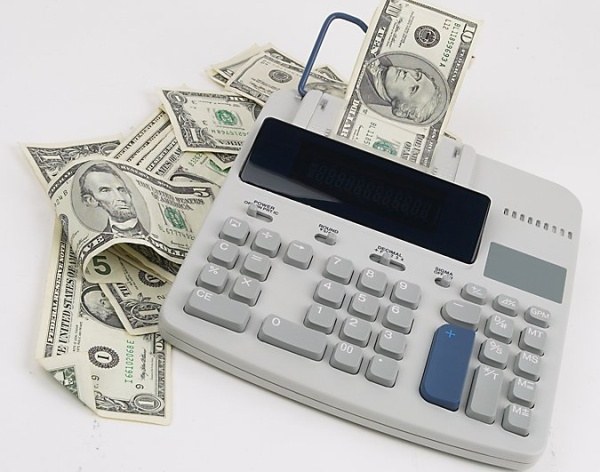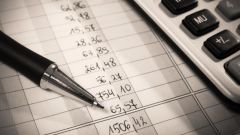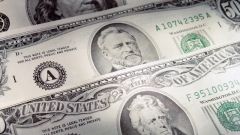Instruction
1
Remember that when determining the value of the asset there are several types of it. The initial value reflects the actual acquisition costs of the property. It is not changed during the whole period of the asset, except in cases of completion, reconstruction or partial liquidation.
2
To determine the residual value you can as the difference between the original costand the amount of wear: OST = first – I. the Valuation of fixed assets at the residual value needed in order to know their condition during use, and also for preparation of the balance sheet.
3
Instead of the original value in the formula you can use the recovery cost. It corresponds to the cost of creation or purchase of similar fixed assets in modern conditions. To determine the replacement cost of fixed assets should be revalued by indexation and by the method of direct recalculation at actual market prices.
4
In the analysis of fixed assets at the residual value you should calculate the residual value at the end of the year. It is defined as follows:Ed(K) = Comp(n) + Swed – Swib, where Comp(K) is the residual value of the property at the end of the year, With OST(n) – the residual value of assets at beginning of year Swed – cost introduced during the year fixed assets Svib – cost eliminated during the year fixed assets.
5
Since the value of the residual value of fixed assets at the beginning and end of the year can vary considerably, for analysis you can use the average residual value. It is calculated as follows:Comp(SR) = (Comp(sum) + Comp(trail))/(N+1), where Comp(CP) – the average residual value of fixed assets] (amount) – the sum of residual value of fixed assets on the 1st day of each month in the period, Comp(next) – the amount of residual value on the 1st day of the month following the reporting period, N is the number of months in the reporting period.




